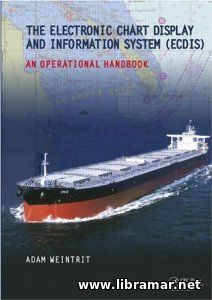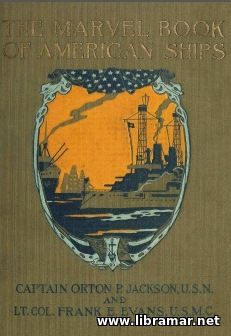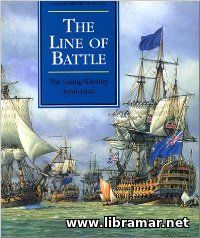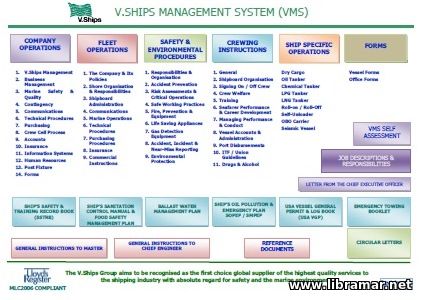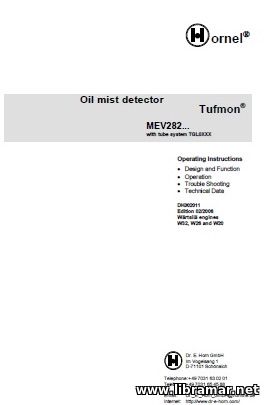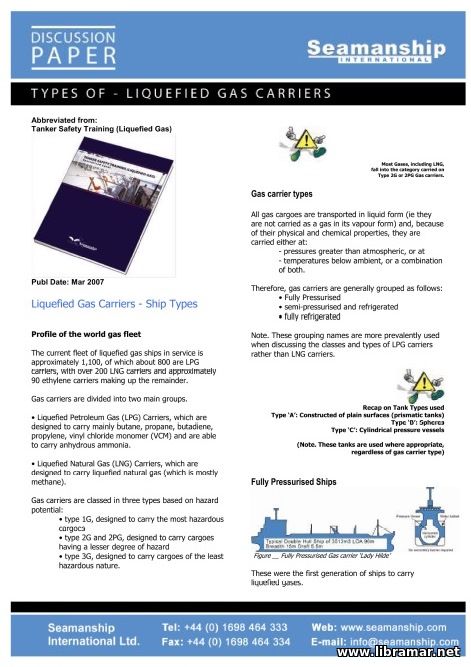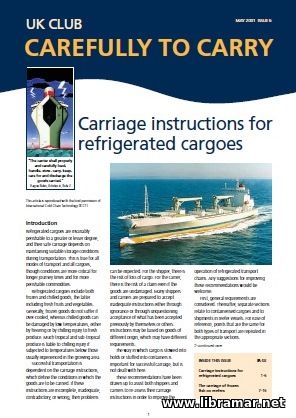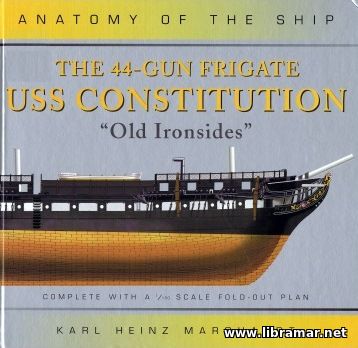
Another part of the Anatomy of the Ship collection - this one was prepared by Karl Heinz Marquardt with the intention to provide the enthusiasts of the naval history with the useful and interesting information on the USS Constitution. The ship in question is one of the six original frigates that served in the United States Navy Fleet and were ordered as a counter-measure to the Barbary corsairs.
These vessels were very fast and were heavily armed and their service was truly remarkable. The book contains all necessary technical specifications, drawings and images, giving the data on the ship's parts including hull, machinery, outfitting and armament. It will also be useful to ship modelers who may wish to build their own model of the USS Constitution as they will find all required technical data in the book. Though at the first glance this book looks as the modeler's guide, it will be everything to even to people ignorant to model making.
We recommend it to everyone willing to possess the detailed construction plans of this truly magnificent vessel in his collection. It will be equally interesting to the naval historians, nautical experts, ship model builders, and any other sort of enthusiasts.
